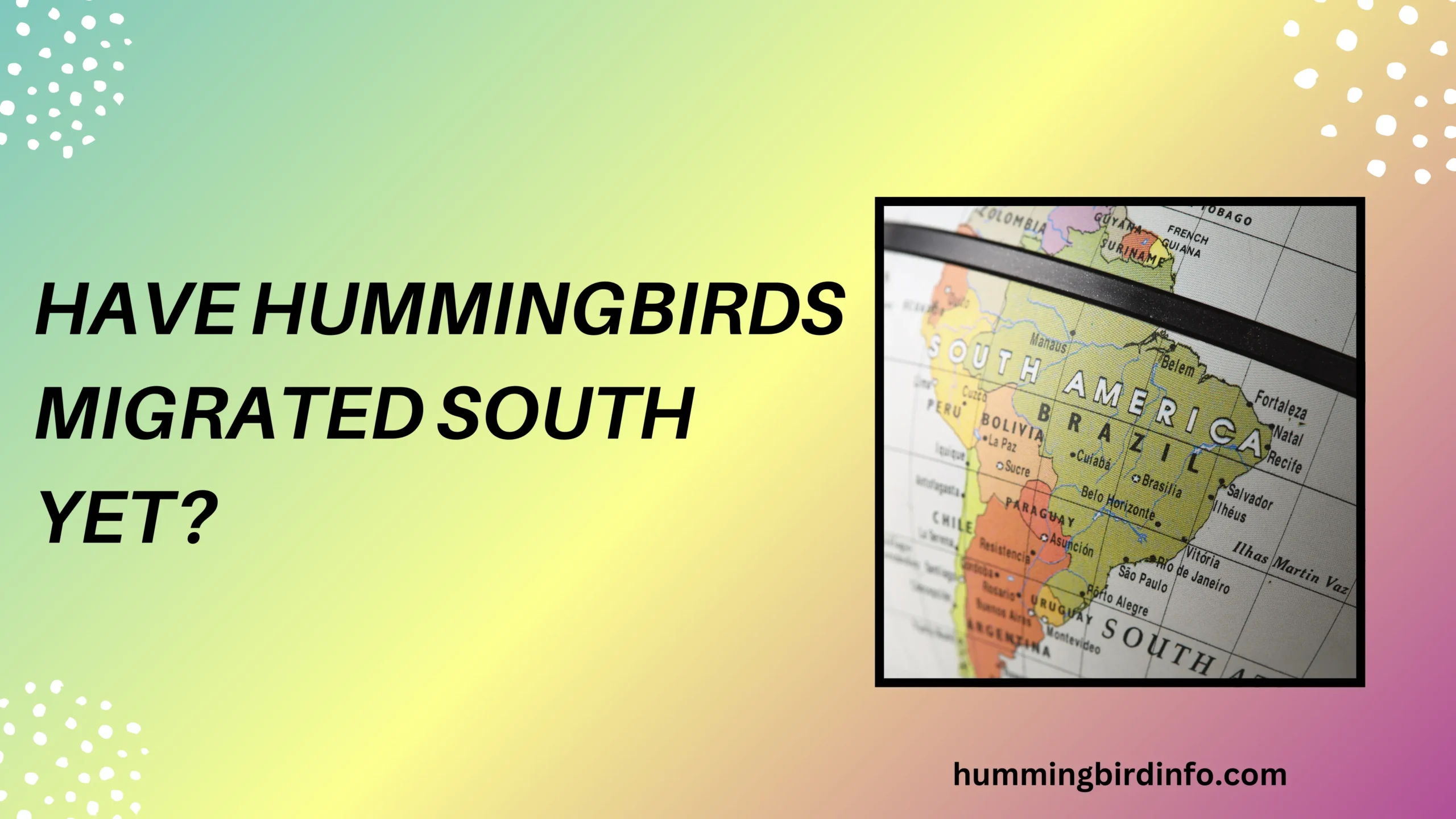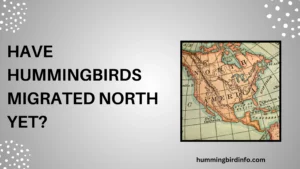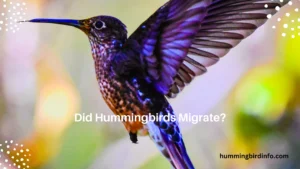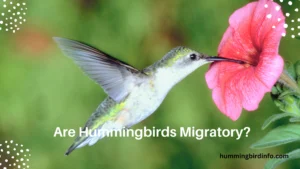Every year, a remarkable event unfolds in the skies above us—the great bird migration. Among the many species that embark on this journey, hummingbirds steal the show with their tiny bodies, rapid wingbeats, and determination to travel thousands of miles.
Despite weighing less than a nickel, these feathered powerhouses complete one of nature’s most daring feats.
As the days grow shorter and the air shifts to a crisper breeze, many of us wonder if it’s time to take down our feeders or keep them filled for a few late travelers. Have hummingbirds migrated south yet? It’s a question rooted in more than curiosity—it reflects our connection to these visitors who bring joy to gardens and patios across the country.
The arrival and departure of hummingbirds are silent signals of seasonal change.
In this blog post, we’ll explore the timing of fall migration, the triggers that send hummingbirds south, the routes they follow, and what you can do to support them on their long journey.
Whether you’re a seasoned birder or a casual observer, understanding their migration is not only fascinating—it’s an important way to help protect these birds for generations to come.
Contents
- 1 Timing the Great Departure – When Hummingbirds Migrate South
- 2 What Triggers the Journey South?
- 3 Routes and Destinations – Where Do They Go?
- 4 Fall Migration Behavior – Changes in Hummingbird Activity
- 5 Helping Hummingbirds on Their Way
- 6 Preparing for Winter – What to Do With Your Feeders
- 7 Key Species – Which Hummingbirds Migrate South?
- 8 Conclusion
- 9 FAQs
- 10 1. When do hummingbirds start migrating south?
- 11 2. Do all hummingbirds migrate at the same time?
- 12 3. Should I take down my feeder when I stop seeing hummingbirds?
- 13 4. Will leaving feeders up stop hummingbirds from migrating?
- 14 5. Where do hummingbirds go in winter?
- 15 6. What do hummingbirds eat during migration?
Timing the Great Departure – When Hummingbirds Migrate South
Southward migration typically begins in late summer and continues into mid to late fall. Most hummingbirds begin heading south in late July, and the movement continues through October in some areas.
In northern regions, hummingbirds often leave earlier, with peak migration occurring in August or early September. In southern areas, including parts of the Gulf Coast, the migration can stretch well into late October.
Young hummingbirds, especially those hatched later in the summer, often migrate last. These juveniles may depart weeks after the adults, and many make the entire journey alone on instinct.
What Triggers the Journey South?
The primary trigger for migration is photoperiod, or the changing length of daylight. As the days grow shorter, internal hormonal changes signal that it’s time to move.
Another major factor is the decline of food sources. As nectar-producing flowers fade and insect populations drop, hummingbirds must head to warmer regions with reliable food.
Though instinct is the key driver, weather patterns also influence migration. Sudden cold fronts may push hummingbirds to move sooner, while warm spells might delay their departure.
Routes and Destinations – Where Do They Go?
Ruby-throated hummingbirds, common in eastern North America, fly a non-stop 500-mile stretch across the Gulf of Mexico to reach Mexico and Central America.
Rufous hummingbirds take a different route—migrating from Alaska down the Pacific Coast, then looping into Mexico for the winter.
Other species like Black-chinned or Broad-tailed hummingbirds also migrate south, with some reaching as far as Panama. These birds rely on stopover spots to rest and refuel.

Fall Migration Behavior – Changes in Hummingbird Activity
During fall, hummingbirds begin to feed more frequently, storing energy as fat reserves for their long trip. They may visit feeders every few minutes during peak activity.
Territorial behavior becomes more noticeable as birds compete for fewer resources. This is especially true around high-traffic feeders and blooming plants.
You’ll also notice less courtship and singing, as the breeding season has ended. Fall hummingbirds are all about survival and energy conservation.
Helping Hummingbirds on Their Way
Keep your feeders clean and filled during fall. A simple sugar-water mix (1 part sugar to 4 parts water) provides much-needed energy.
Plant late-blooming natives like salvia, turk’s cap, or goldenrod to offer natural nectar sources. These blooms help late migrants make it through.
Fresh water and shelter are also essential. Trees and shrubs provide safe resting places, and avoiding pesticides keeps insects and nectar safe for birds.
Preparing for Winter – What to Do With Your Feeders
You should leave feeders up for at least two weeks after your last hummingbird sighting. This ensures that stragglers or late migrants still have access to food.
It’s a myth that leaving feeders up will prevent hummingbirds from migrating. Birds leave when their bodies tell them to, not based on food availability.
Once you’re sure they’re gone, clean and store feeders in a cool, dry place. If you live in an area where some hummingbirds overwinter, consider leaving one feeder up year-round.
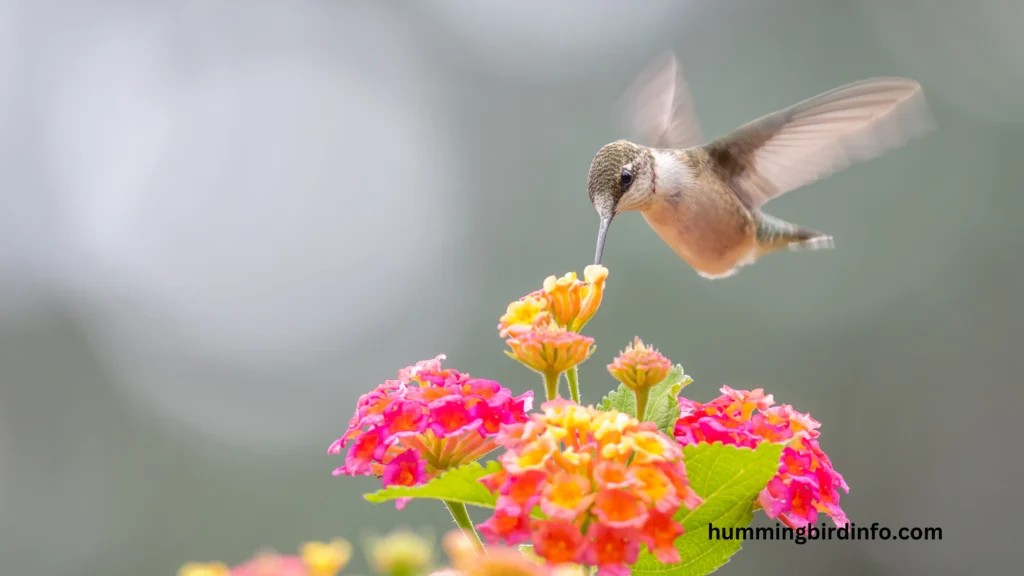
Key Species – Which Hummingbirds Migrate South?
Ruby-throated hummingbirds are the most common eastern migrants, making an incredible journey from Canada to Central America.
Rufous hummingbirds are famous for their longest-known migration path of any hummingbird—some traveling from Alaska to southern Mexico.
Black-chinned, Anna’s, and Broad-tailed hummingbirds are also known to head south, though some, like Anna’s, may overwinter in mild regions along the Pacific coast.
Conclusion
As fall sets in and our gardens begin to quiet, the absence of hummingbirds marks the end of a season—but also the beginning of a marvelous journey. These tiny creatures travel thousands of miles, powered by instinct and fueled by the flowers and feeders we provide.
Their migration reminds us of the delicate balance of nature and the importance of preserving habitats along their route. From the northern forests to tropical jungles, hummingbirds depend on safe spaces and abundant food.
By understanding their migration patterns and lending a helping hand, we’re not just birdwatchers—we’re caretakers of a global journey. Keep your feeders up a little longer, cherish the last sightings, and look forward to their return with the spring sun.
FAQs
1. When do hummingbirds start migrating south?
Most hummingbirds begin their southward journey in late July or August, with peak migration through September.
2. Do all hummingbirds migrate at the same time?
No. Adult males often leave first, followed by females, and juveniles migrate last.
3. Should I take down my feeder when I stop seeing hummingbirds?
Leave your feeder up for at least two weeks after your last sighting to help any late migrants.
4. Will leaving feeders up stop hummingbirds from migrating?
No. Migration is driven by instinct, not feeder availability.
5. Where do hummingbirds go in winter?
Most migrate to Mexico, Central America, and along the southern U.S. Gulf Coast.
6. What do hummingbirds eat during migration?
They consume nectar, insects, and sugar water to store fat for energy.

